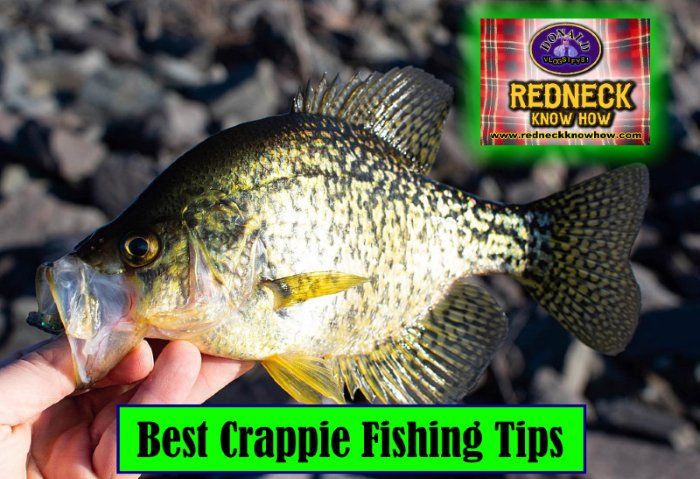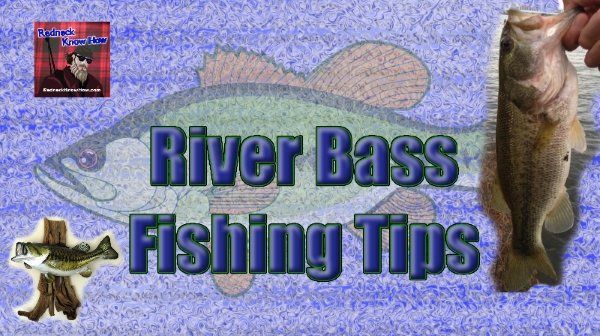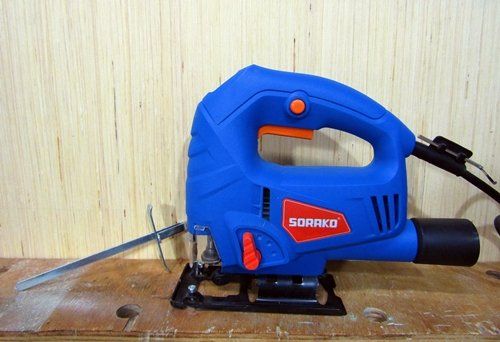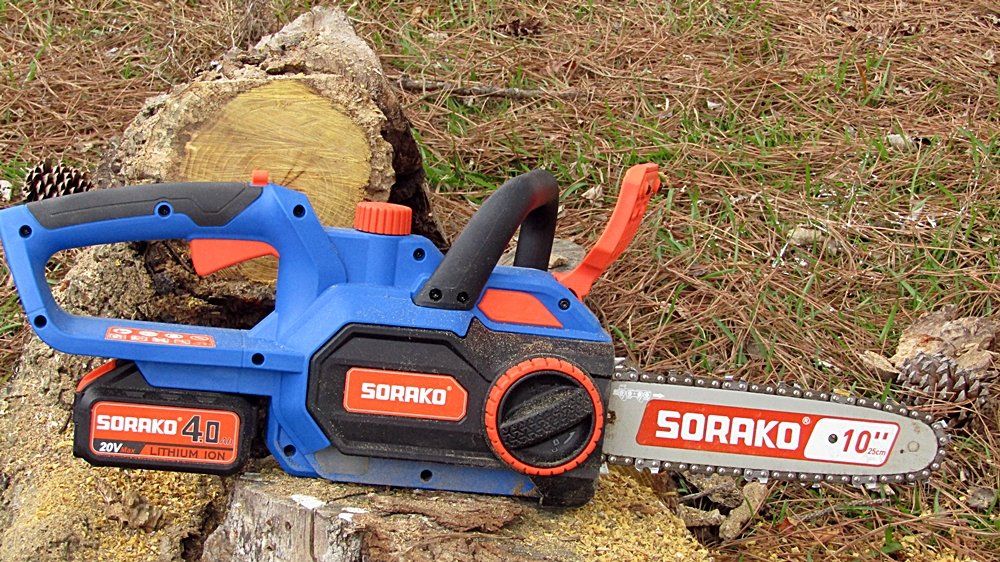
Blog Layout
River Bass Fishing Tips
Mar 16, 2015
Most bass anglers are very comfortable fishing lakes and ponds with their relatively still waters. But many of these anglers have problems fishing in current. Ask them to fish for bass on a river such as the cape fear, and you can watch their bottom jaw drop to the ground and their face take on a confused, slightly scared look.
There is a solution to this nightmare of many a bass angler. Learn where the lunker bass hang out in the fast moving water of rivers, streams, and creeks. Here are a few places to try if you dare to take on the river bass challenge, and go fishing for some lunker bass in the current of moving water.
There are places where chunk rocks have been placed to prevent erosion from the current and differing water levels. Many of these places can be found on the Cape Fear. Look for them around bridges and damns. The current will push large river bass against these places. You can often find a largemouth or smallmouth bass as well as white bass and strippers being pushed close into the chunk rocks. Fish these rip-raps on days that the water levels are high and the current is strong. Try fishing rip-raps with a spinnerbait, a jig-n-pig, or a crankbait. Cast upstream into any pockets you see along the bank, and retrieve with the current.
Switchbacks are a good place to try for large river bass. The water's current hits a bank and splits, causing the water to reverse direction. Monster bass can often be found in switchbacks. Baitfish will hang in switchbacks, which naturally attracts hungry lunker river bass. Target the seam along the edge of the divided currents, where they split direction. The current is drastically reduced in these spots, providing an excellent rest spot for baitfish, which of course brings in the bass, largemouth and smallmouth alike.
Largemouth bass love to hang around shallow wood structures in ponds and lakes. But in rivers, creeks and streams, fallen trees won't hold large numbers of bass. But the bigger largemouth and smallmouth bass will hang around these wood structures. A few bass will hang around fallen trees and other wood structures close to the shoreline of the river. As I learned on the Cape Fear however, the bigger fish from all of the bass species tend to gravitate to the sunken logs and fallen trees that have been deposited by floods or storms in the deeper areas near the middle of the river, creek, or stream. It is quite possible for you to catch a lunker bass fishing these structures with a jig, crankbait, spinnerbait or even a suspended jerkbait. Also try a topwater propbait.
The rock bluffs of reservoirs usually lack a good current, making bass fishing a bit of a let down. Many bass anglers find that the lack of current make the bass suspend in deeper water around these rock bluffs, and are normally slow to strike at any lure you might toss at them. But rock bluffs in rivers are a different story. You can often get an aggressive from a lunker river bass in bluffs found in rivers. Large smallmouth love these swift water rock bluffs in fall and winter. Baitfish are pushed against the rock wall and attract smallmouth and largemouth bass, as well as the other species of bass, including white bass and striped bass. Bass will hang behind outcroppings and shoot out into the current for a meal.
Rock piles, common along damns on the Cape Fear and other rivers, are great smallmouth structures. Crayfish and baitfish are often found around these rock piles, thus making them prime places for foraging river bass. To catch these bass an angler must learn how the differing current strength and water levels affect how the smallmouth and largemouth bass react. When the damn is kicking up the water full blast and the current is strong, river bass will be holding tight to the rock pile. A 1/2 ounce jig that isn't as likely to be carried off the target and will sink fast is likely to work best in areas downstream or at the top of the rock pile. The bass will hold in these areas during strong current darting out to strike passing prey. If the current is slow, bass will hang loosely to the rocks and on the deeper ends of the structure. Use a deep diving crankbait and tap the bottom with it when the current is slow like this.
You will find many river bass hiding ready to ambush baitfish in current eddies. Current eddies occur when an obstruction breaks the currents flow and the water behind these obstructions is dead calm or sometimes a whirlpool. Baitfish swim into the calmer water of eddies to escape the stronger current, or the injured baitfish will be sucked into the whirlpools. Use a jig, grub, or tubebaits work well in these areas to catch smallmouth and largemouth bass, as well as white bass and stripper bass.
Undercut banks will hold a good amount of largemouth bass. However smallmouth bass, white river bass and strippers are not as likely to hang in undercut banks. The current sweeps away the dirt from the bank leaving part of the bank overhanging above the water. Loads of roots and rock beneath that lip will attract many largemouth river bass looking for cover. Pitching or flipping a jig-n-pig, a worm, or a tubebait into the rocks and roots will often provoke a strike from hungry largemouth. The water is usually murky and muddy along undercut banks, which will allow you to get your boat a bit closer than in areas with clearer water.
Look for places where barges and tugboats moor. The pilings not only provide mooring for the barges and boats; they also attract largemouth bass, smallmouth river bass, stripped bass, and all other species of river bass. The fish hang around the wood pilings waiting to ambush baitfish, so the use of a crankbait will work well here. Use your rod tip to guide the crankbait around the wood pilings making it careen at a steep angle. Use a plastic worm attached to a jig head to work around moored barges and boats, as bass will use the large boats as cover and shade.
Gravel bars will often hold smallmouth river bass. In the summer these are great night fishing spots. The smallmouth bass normally stay deep in the day, move into the shallow water of the gavel bars to feed on crayfish, baitfish, and other forage. You'll have to be quite though as the smallmouth river bass will be in less than two feet of water and will be very easy to spook. During periods of low water, find these gravel beds and look for current breaks such as stumps, large rocks or fallen trees. Return when the water has submerged these structures and fish a jig or a spinnerbait.
Use these tips the next time you find yourself on a river, such as the Cape Fear, fishing and watch the jaws of other anglers drop when you tell them or show them your success at fishing for river bass.
Share
Tweet
Share
Mail
Redneck Know How Blog

By Donald Matthews
•
03 Jun, 2022
Every fisherman has his or her own favorite techniques to catch this beloved fish. Why is crappie, (or pomoxis, if you want to get scientific), are so beloved? Well, they give one heck of a fight when caught. A 2 lb. crappie can put up a fight to rival a bass of larger size. So catching them is fun. There is also the taste factor. Fried crappie tastes great.

By Donald Matthews
•
11 Oct, 2021
Everybody seems to be in love with dovetails these days. Myself included. They look nice, feel nice, and they make the woodworker feel an overwhelming since of pride when he makes tight and even. Especially the hand cut dovetails. Dovetail joints can be produced with power tools. And there are dovetail jigs you can buy and make. It makes getting precise dovetails with no gaps a lot easier. But nothing feels more satisfying than finally getting hand cut dovetails tight and gap free. And for the record, I use the term, “gap free”, very loosely. I’d wager that even the best woodworker gets gaps in their dovetails no matter how hard they try. Maybe not as many as us new to middlin’ woodworkers, and certainly not as noticeable, but there are gaps in their dovetails. Nowadays, people use dovetails not only as a joint, but as decoration. A showpiece if you will to show off the craftsmanship of the woodworker. But the reality is that they were not originally meant to be pretty. They were utilized to hold pieces that were heavily used together. Such as drawers or other parts of furniture and other items that were constantly pulled or tugged on. In the example below, you can see how the angles of the dovetails will keep the joint from coming apart during the tugging of the drawer when opening it. This part of the joint is where the dovetail joint get’s it’s name. Often when used on boxes, the orientation of those angles are switched around, placing them on the front of the box as a decoration, and the pins of the joint is put on the side. Great for looks, not so great for function. Of course for most smaller boxes, the function of the dovetail really isn’t needed and using dovetails for looks is fine and an anesthetically pleasing way to show off craftsmanship. But let’s not give up on using the dovetail joint for utilitarian purposes when building boxes too quickly. They can be a great way to join a bottom to a box that will be holding heavier stuff, such as tool boxes. The angle of the dovetails can manage the stresses of carrying heavier items such as tools if you wish to maintain a *NO screws or nails* policy on your woodworking projects. Or you can use the dovetail joint along with screws for extra protection against the bottom dropping out. So the purpose of the dovetail is a lot more than to just make your woodworking look good. In fact, long ago, they were hidden. Simply a way to join parts and give them the strength to do what the item was meant to do, and be hidden when the drawer was closed. Using the dovetail joint for decoration is a modern thing. Which I have nothing against. I love to show off dovetails I’ve made nearly perfect. Well, in my eyes anyway. Roy Underhill and Paul Sellers would likely just look at them and grin, maybe chuckle at me being so proud of something so far from the skill level they have achieved.











